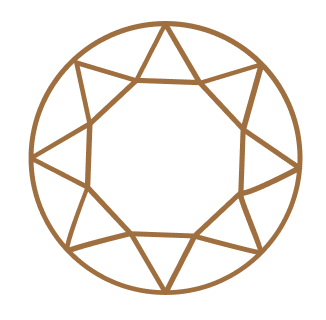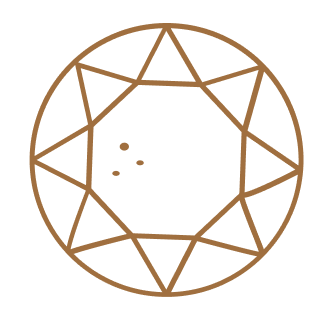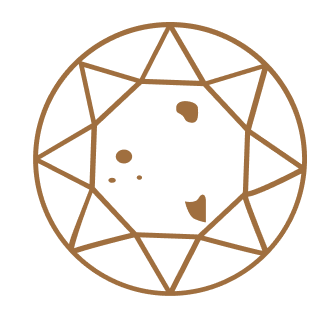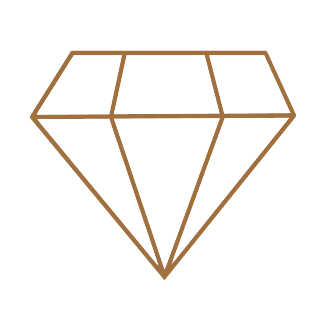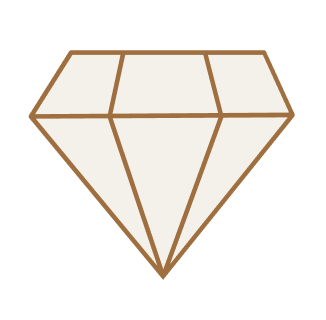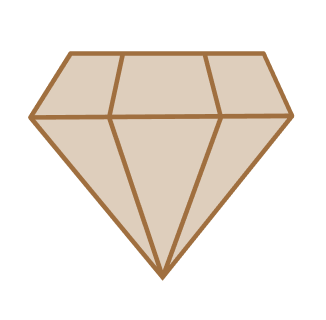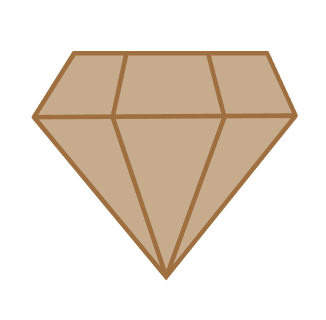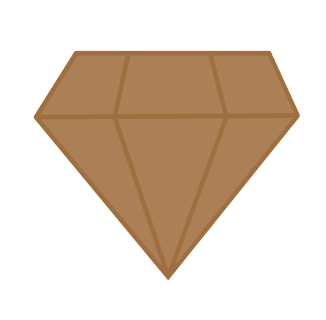Gemstone Guide
Cuts
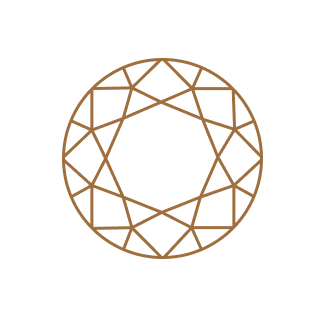
Round Brilliant Cut
One of the most popular diamond cuts, the Modern Brilliant is perfect for creating a timeless design that’ll never go out of style. Refined over many hundreds of years this cut holds 58 facets, creating maximum sparkle and brilliance using a mathematical formula created by Marcel Tolkowsky in 1919.
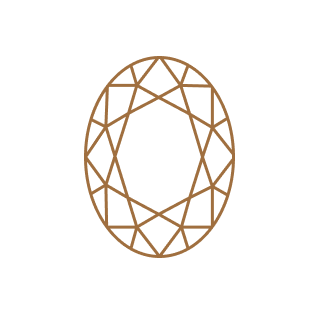
Oval Brilliant Cut
Created by Lazare Kaplan in the early 1960s, the modern oval brilliant delivers a similar sparkle and brilliance to the traditional round diamond. When used in engagement rings this cut has a beautiful elongating effect on the finger. We love using oval diamonds in our trilogy ring designs, like the Essie Ring.
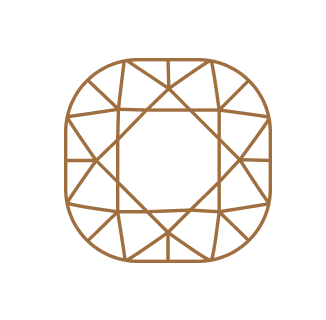
Cushion Cut
If square is too sharp and round is too predictable, the cushion cut is the one for you! This beautiful cut is available in lots of shape variations, it’s been used in jewellery since antiquity and will lend a soft, romantic feel to any design.
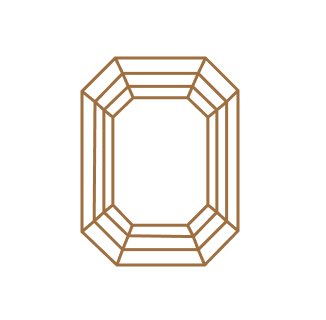
Emerald Cut
This elegant cut epitomises the Art Deco era. With long, mirror like facets and an emphasis on clarity over sparkle, the emerald cut diamond is our go – to for creating clean, architectural designs. Set this stone in an east – west orientation for a modern feel.
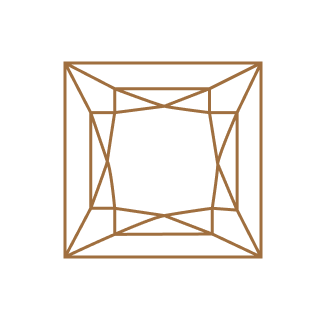
Princess Cut
A crisp, geometric stone cut that delivers a classic silhouette packed with fiery sparkle. It works well in both traditional and contemporary designs, especially when the stone is turned and set in a compass orientation.
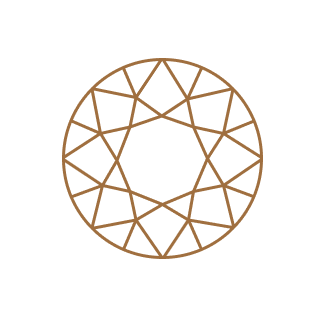
Old European / Mine Cut
The precursor to the modern brilliant, Old European and mine cut diamonds were only created until the 1930s. They were faceted by hand, with chunkier facets and a charm unique to each stone. We often source antique diamonds like this to use in our bespoke designs, breathing new life into these objects of living history.
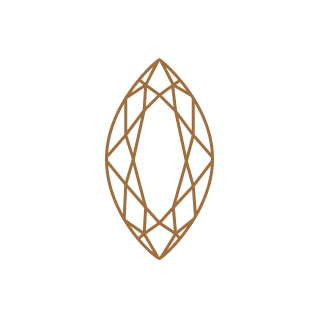
Marquise Cut
Born of romance, the marquise cut dates to the 1700s when King Louis XV of France commissioned royal jewellers to create a diamond that resembled the lips of his lover Madame Du Pompadour. We love it for its effortless sparkle and unexpected silhouette. Held in a vertical or horizontal setting, it’s the ideal choice for a modern aesthetic.
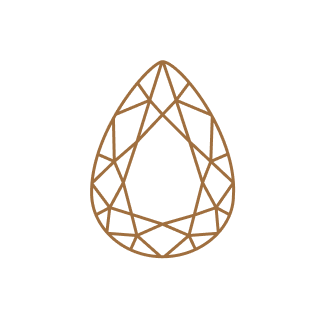
Pear Cut
One of the most versatile cuts, the pear shape combines the sparkle of an oval with an edgy elongated silhouette. Feminine yet modern, the pear cut is the best of both worlds. Pair with geometric accent stones for a modern deco feel, or set as a single stone for an organic, botanical aesthetic.

Rose Cut
Created many hundreds of years ago, the rose cut was designed to be worn in candlelight where the glow of this stone really comes to life. The rose cut has a flat underside, with triangular faceting on top. It can be found in most shapes, and is ideal for creating a low set design oozing with romance and history.
Clarity
Colour
Gemstone Type
We exclusively work with diamonds that adhere to the Kimberley Process. This is an international certification process that aims to prevent the flow of conflict diamonds into the industry. Alongside newly mined material, we also work with lab grown and antique diamonds. Discover some of the gemstones we use in our work below…
Antique Diamonds
We love to use reclaimed antique diamonds in our designs; most of the old cut diamonds we use were originally cut in the Georgian and Victorian era by hand. Because of this, each diamond is uniquely faceted carrying a charm and character that epitomises the era, predating the 4C’s and focusing on individual beauty. The old cut diamonds we use are rescued from historical jewels by our suppliers. They are a great alternative to newly mined diamonds from an ecological perspective, and a perfect choice for those who appreciate craft, heritage and sustainability.
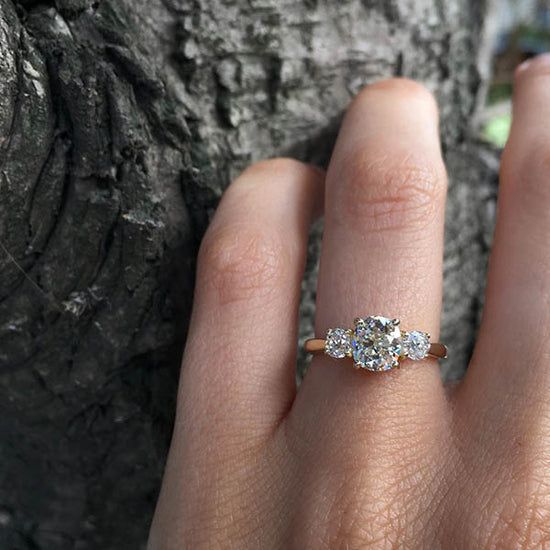
Grey Diamonds
With so much focus placed upon traditionally coveted white diamonds, it’s easy to forget that this desirable gemstone is also available in a multitude of different colours and textures.
Grey Diamonds, often referred to as ‘Salt and Pepper’ Diamonds are characterised by an abundance of natural inclusions within the stone. This can manifest in a multitude of ways as they are formed under pressure over many thousands of years deep within our earth. From icy opaque grey, to stormy dark flecks, alluring internal arrangements of tiny mineral elements combine to create a unique fingerprint, a miniature work of art formed by mother nature. They’re a perfect choice for those who covet the unexpected, valuing narrative over convention.
Our grey and champagne diamonds are sourced responsibly and ethically from a single mine in Botswana. Our supplier goes direct to source, cutting out middle men and dealing directly with the miners. The raw diamond material is then polished and faceted in India, before they make the journey to us here in the UK.
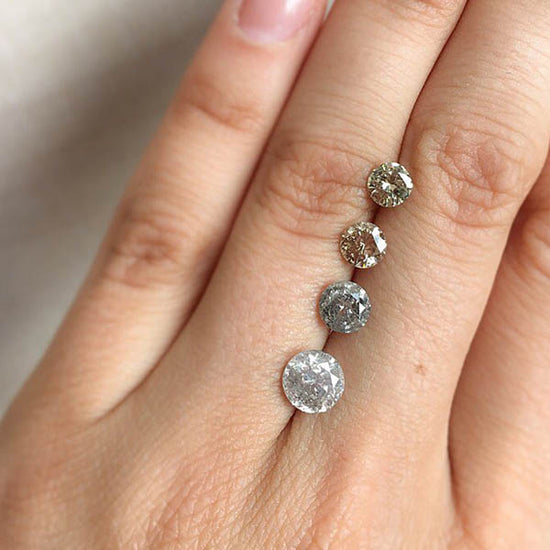
Sapphire
Our favourite gemstone for many reasons, Sapphires are available in almost every colour imaginable. They score an impressive 9 out of 10 on the MOHS hardness scale; second only to diamond when it comes to durability making this precious gemstone the ideal choice for an engagement ring. Pictured here are just a few of the sapphire colours we are able to source. They are found in Australia, Montana, Sri Lanka, and Madagascar with each location offering varying hues and unique characteristics.
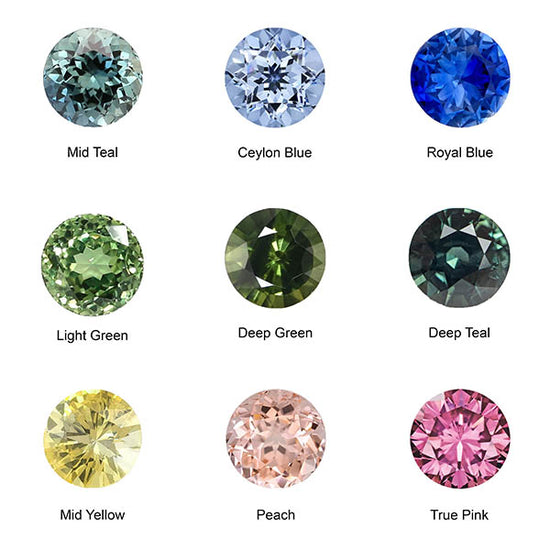
Spinel
Often overlooked, spinel is a naturally occurring gemstone with a palette of colours to rival that of the sapphire. From silvery grey, to steel blue, pink and vibrant red, this underrated gem is a great alternative if you’re looking for a larger stone on a budget. Spinel scores 8-8.5 on the MOHS hardness scale making them durable enough for daily wear; ideal for an engagement ring.
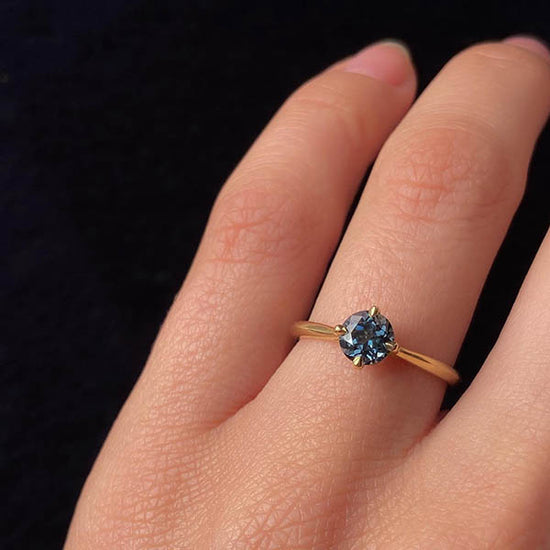
Emerald
There is no gemstone quite like the Emerald. The favoured gemstone of Queen Cleopatra, for Ancient Egyptians Emeralds symbolised eternal life. From watery mint to intense pastoral green, the tones found within emeralds are unique to this mineral.
A member of the beryl family, while Emerald is renowned for its beauty it is one of the more difficult gemstones to work with. Scoring 7 – 7.5 on the MOHS scale, emerald would be suitable for daily wear if it weren’t for the brittle nature and natural inclusions found within this mineral that can cause it to chip and fracture more easily. Because of this, we would recommend reserving your emerald jewellery for occasional wear. Emeralds can last a lifetime with proper care and attention. If you have your heart set on an emerald ring, be prepared to commit to a higher maintenance routine and gentle handling.
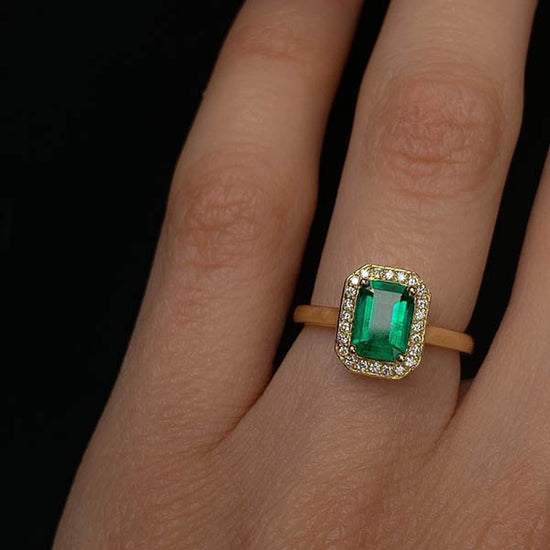
Tourmaline
Mint green, watermelon, peached pink and vibrant teal. The abundant tones of tourmaline are an instant hit of colour and fun. Mostly found in Brazil, it was originally mistaken for Emerald in the 1600s. With a score of 7.5 on the MOHS scale, they are not the hardest of gemstones but they do surpass emerald in toughness. With gentle handling and care their vibrant glow can be enjoyed for many years.
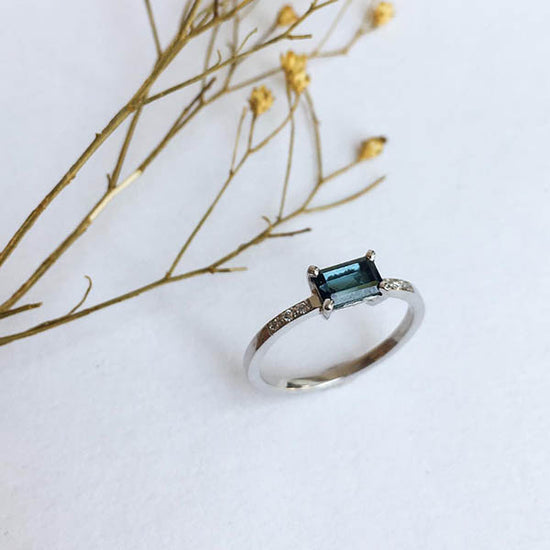
Opal
Flashes of brilliant kaleidoscopic colour held in a miniature canvas of natural beauty, opals have mesmerised civilisations for thousands of years. In Ancient Rome, this stone represented love and hope. Arabic legend believed Opal held lightning within, falling from the heavens to earth during storms.Opal scores 5.5-6.5 on the MOHS scale of hardness, meaning that they are a very soft stone. Because of this, a great deal of care must be taken when wearing this precious gem. They contain up to 20% water held within the silica structure, and should not be exposed to water to avoid damage to the structure and colour. Opals are best used in necklaces, earrings and occasional wear rings. With proper care and attention, opals can last many generations. To keep your opals in top condition, read more about them in our CARE GUIDE
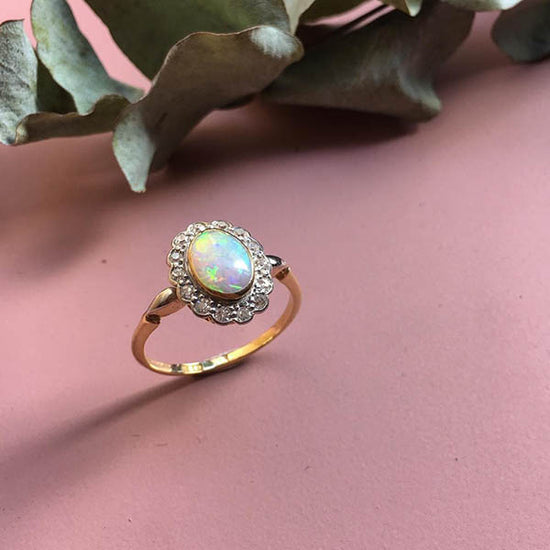
These are just a few of the gemstones we work with, if you’d like to discover more get in touch below.
CONTACT
